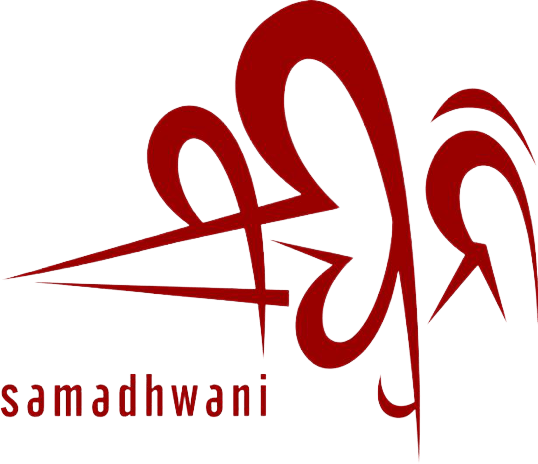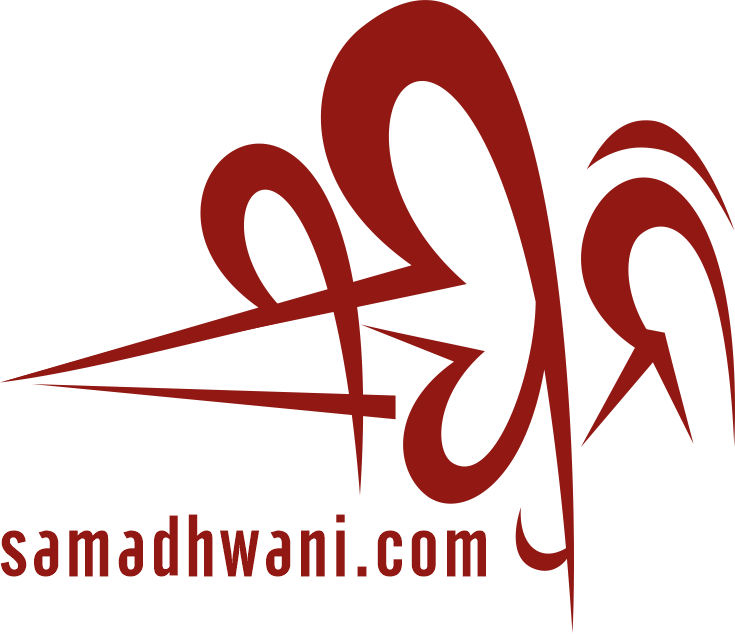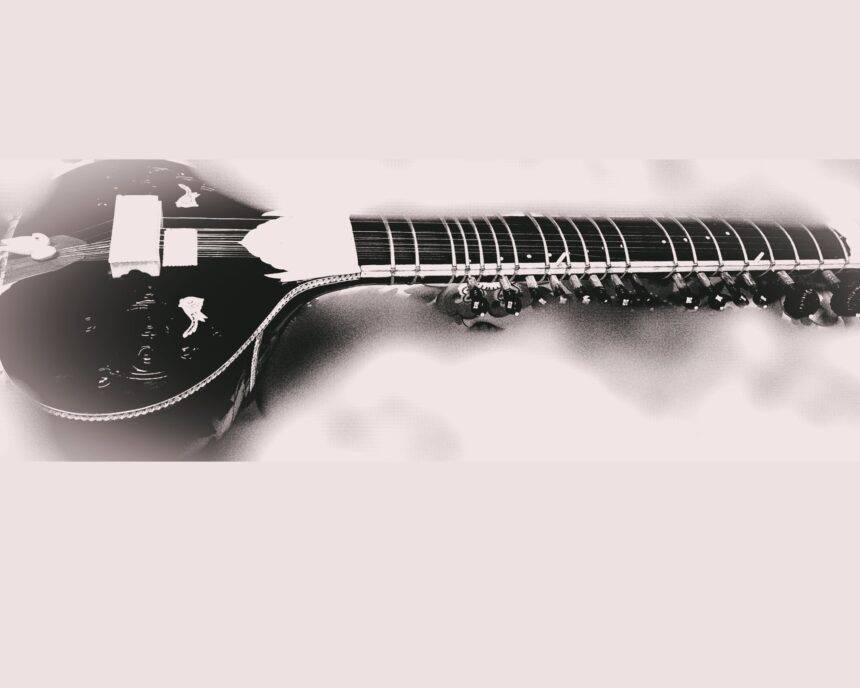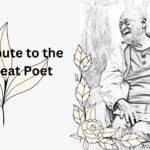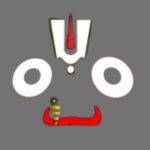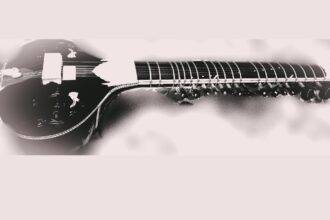This time, another concept that hinted to my mind was the explanation of Raga’s “Semiosis”. The concept is related to the expression of raga. “Semiosis” is a concept that plays a significant role in understanding the expression of raga in Hindustani music. Jose Luiz Martinez’s book titled “Semiosis in Hindustani Music,” published about a decade ago, offers valuable insights into how semiosis can be applied to the context of music, particularly within the framework of the Peircean Theory of Signs. This perspective simplifies our comprehension of music and sheds light on its presentation at various levels, with a particular focus on the intricacies of raga music. In the realm of semiotics, which is the study of signs and symbols, Charles Sanders Peirce’s Theory of Signs, or semiotics, provides a structured framework for understanding how meaning is created and conveyed through signs. This theory consists of three key elements: the sign or representation, the object, and the interpretant. When applied to music, these elements can be related.
Sign
In music, the sign can be equated with the musical elements used to express raga. This includes notes, rhythms, scales, and various other musical parameters. These signs are manipulated and organized to convey specific meanings and emotions associated with a particular raga. Notes are fundamental signs. Each raga has a specific set of notes that define its identity. These notes are not just individual pitches but carry unique emotional and aesthetic qualities. The choice and arrangement of notes within a raga are critical for conveying its character. For example, the use of a particular note in a raga may evoke feelings of joy, sadness, or serenity.hythms play a crucial role in the signification of a raga. The choice of a specific tala (rhythmic cycle) and the intricate patterns of beats within it contribute to the mood and expression of the raga. Rhythmic elements such as laya (tempo) and the placement of accents or sam (the first beat of a tala cycle) are essential signs that shape the musical landscape of the raga. Ragas are often defined by their unique scale patterns, which indicate the ascending (Arohana) and descending (Avarohana) order of notes. These scale patterns serve as signs that guide the musician’s improvisation and composition. Deviations from the established scale patterns can be used creatively to convey specific emotions or to introduce surprises within the performance. The intricate ornamentation of notes, known as gamakas, adds depth and expressiveness to raga music. Gamakas are a set of microtonal embellishments, slides, and nuances applied to notes. They act as signs that infuse life and personality into the music. Different ragas may employ distinct gamakas to convey their unique emotional nuances. Ragas often have characteristic melodic phrases and patterns that are associated with them. These musical motifs act as signs that instantly identify the raga being performed. Musicians use these patterns strategically to establish the raga’s identity and evoke the intended emotions.
In a typical raga performance, there are different stages, such as alap (slow, free-form improvisation), jor (transition to a steady tempo), and gat (fixed composition). Each of these stages involves specific signifiers in terms of how the musical elements are presented. For example, the alap relies heavily on sustained notes and slow, meandering phrases to explore the raga’s emotional landscape. Each note, phrase, and rhythmic pattern in a raga is imbued with emotional connotations. Musicians use these signs to convey the raga’s intended mood and feelings. For instance, the note combinations in a raga might be chosen to express love, devotion, longing, or celebration, and these signs guide the musician’s performance.
Object
Each raga in Hindustani music is characterized by a distinct set of notes, scales, and melodic patterns. These musical elements are not arbitrary but are carefully chosen to evoke specific emotional and aesthetic qualities. For instance, the raga Bhairavi often conveys a mood of devotion and serenity, while the raga Todi is known for its sombre and introspective character. These emotional and aesthetic qualities are inherent to the identity of the raga. The “object” in raga music can be thought of as the emotional landscape that the musician intends to navigate and convey to the audience. It’s akin to a palette of emotions and moods unique to each raga. For example, a musician performing Raga Yaman may aim to create a sense of romance and longing, using the specific notes and phrases associated with the raga to craft this emotional landscape. Raga music often carries a narrative or storytelling element within it. Musicians use the raga’s emotional and aesthetic qualities to narrate a musical story or journey. This narrative might depict a love story, a mythological event, or a natural scene. The “object” in this context is the storyline that the musician conveys through the raga, with each musical element serving as a plot point in the narrative. Beyond emotions, each raga has a unique aesthetic sensibility. This encompasses elements such as the raga’s time of day or season of performance, which influences the mood it conveys. For instance, the raga Marwa is often associated with the early evening and evokes a sense of twilight and contemplation. Musicians work with these aesthetic cues to transport the listener to a specific time or place, enhancing the raga’s overall impact. Many ragas in Hindustani music hold deep spiritual or cultural significance. The “object” in such cases goes beyond mere emotions and aesthetics; it encompasses the spiritual or cultural themes that the musician aims to convey. For instance, the raga Bhimpalasi is associated with devotional music and may be used to express a deep sense of reverence and spirituality. Musicians strive to establish a connection between the “object” of the raga and the audience’s emotions and imagination. They aim to transport the listener to the emotional and aesthetic world of the raga, allowing the audience to experience and resonate with the intended feelings and themes. While each raga has its prescribed notes and patterns, musicians also have room for improvisation. This improvisational aspect allows them to personalize the “object” within the raga, infusing their own creative interpretations and emotions into the performance.
Interpretation
The “interpretant” signifies the listener’s response to the music. It involves the process of understanding and interpreting the musical signs to extract meaning and emotion from the performance. The interpretant is highly subjective and varies from person to person, influenced by their cultural background, personal experiences, and musical knowledge. The “interpretant” represents the listener’s cognitive and emotional engagement with the music. It encompasses the process of comprehending and interpreting the musical signs and elements presented in the performance. When a listener hears a raga being performed, they actively engage in decoding and making sense of the musical language. The interpretant is inherently subjective. It varies from person to person based on their unique perspectives, cultural background, personal experiences, and musical knowledge. Two individuals listening to the same raga may derive different interpretations and emotional responses depending on their individual contexts and sensibilities. Cultural background plays a significant role in shaping the interpreter. Listeners from different cultural backgrounds may have distinct frameworks for understanding and appreciating music. Certain ragas and musical motifs may hold specific cultural connotations and emotional associations that are more pronounced for listeners from those cultures. Personal experiences also influence the interpreter. A listener’s past experiences and memories can colour their perception of the music. For example, a raga may evoke nostalgic feelings in someone who associates it with a significant life event, while another listener may interpret it differently based on their own unique experiences. A listener’s level of musical knowledge and expertise can significantly impact their interpretation. Musically trained individuals may have a deeper understanding of the technical aspects of a raga, such as its scale, structure, and ornamentation, which can enhance their ability to appreciate the nuances of the performance. Conversely, novice listeners may focus more on the emotional impact and general aesthetics of the music.The interpretant involves an emotional response to the music. Listeners often connect with the emotions conveyed by the raga, such as joy, sadness, love, or tranquility. This emotional resonance can be deeply personal and can vary widely among listeners. As listeners engage with the music, they may experience a journey of emotional and aesthetic exploration. The interpreter may evolve over the course of the performance as the listener becomes more immersed in the raga’s expressive nuances. This evolving interpretation adds depth to the listener’s engagement with the music. While the interpreter is highly individual, it also contributes to the shared experience of music. When a group of listeners comes together to experience a raga performance, their collective interpretants can create a sense of shared emotion and connection, fostering a communal experience.
